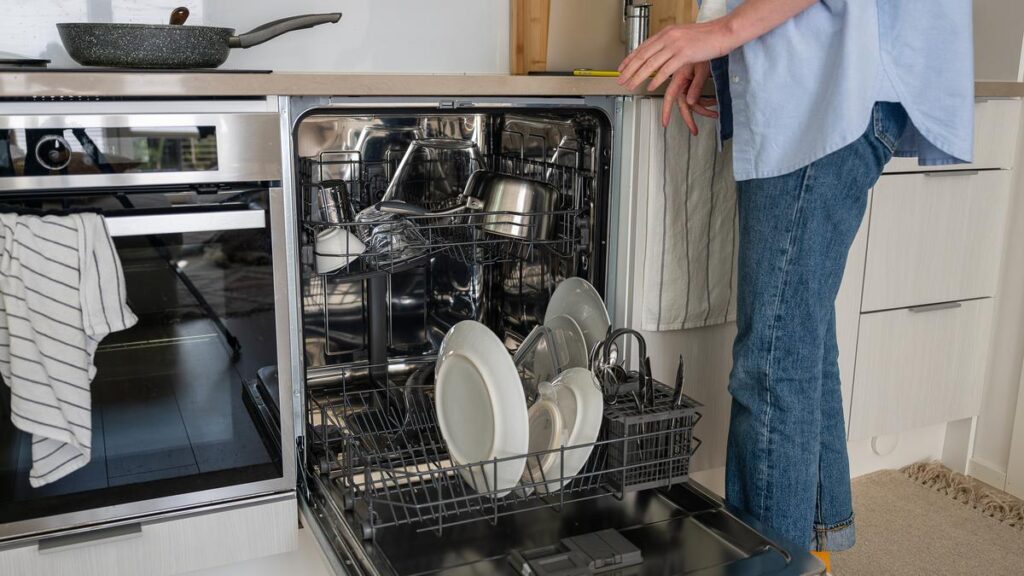
Dish washer
Western Australians are facing some of the highest energy costs in the nation for everyday household activities such as heating, cooking, and laundry, according to a new analysis by insurance and utility comparison service iSelect. The report highlights that at least ten common household chores and appliances cost more in Western Australia (WA) than the national average.
The analysis reveals that air conditioning, specifically heating and cooling, is the most significant contributor to high energy bills, with electric heaters following closely behind. Julia Paszka, General Manager of Utilities at iSelect, stated that Western Australians, often referred to as sandgropers, are paying more on average for electricity compared to other Australians.
“Western Australia has the third highest electricity prices in the country, which means everyday appliances can really drive up power bills,” Paszka said.
Comparing Energy Costs Across Australia
While comparisons of power costs are prevalent in other parts of Australia due to deregulated electricity markets, which allow consumers to switch providers, WA’s state-regulated power network offers limited options for changing providers. Critics argue that deregulation on the east coast has led to higher prices overall, but WA’s regulated market presents its own challenges.
The iSelect analysis is the first of its kind conducted by the comparison website, providing Australians with insights into the true cost of their energy bills. Paszka explained that the study calculated costs based on the average energy consumption of common household appliances and the time each activity takes, using hourly energy prices for each state.
Factors Influencing High Costs
Only New South Wales (NSW) and South Australia (SA) reported higher electricity costs than WA, primarily due to elevated wholesale prices caused by reduced coal supply, network limitations, and increased demand. Both states are undergoing significant transitions to renewable energy, which can temporarily increase prices. In NSW, the closure of the Liddell Power Station has had a notable impact, while in SA, gas is often used when renewables cannot meet demand.
“WA’s electricity prices are pushed higher by the cost of servicing a small population spread across a vast area, including many remote communities,” Paszka noted. “Unlike other states that rely more heavily on renewables, WA continues to depend on gas-fired power, which can be more expensive to generate and distribute.”
Despite WA’s independent electricity grid and more regulated market providing some insulation from the pressures seen in NSW and SA, other factors contribute to higher prices. The State Government has committed to phasing out coal-fired power by 2030, transitioning towards renewable energy sources.
Strategies for Reducing Energy Bills
As winter approaches and West Australians increasingly rely on heating, iSelect recommends several strategies to reduce energy bills. These include turning off appliances at the power point when not in use, naturally trapping heat in homes, opting for energy-efficient appliances like air fryers over traditional ovens, and timing energy usage wisely.
“Energy companies typically charge higher rates for electricity during peak hours, usually from 4 pm to 9 pm, when everyone is home and using power for heating, cooking, and entertainment,” Paszka explained. “If you can adjust your habits to run your appliances outside peak times, you can save a significant amount on your bill.”
While WA’s energy landscape presents unique challenges, the ongoing transition to renewable energy sources and consumer awareness of energy-saving practices may help alleviate some of the financial burdens faced by residents in the future.






